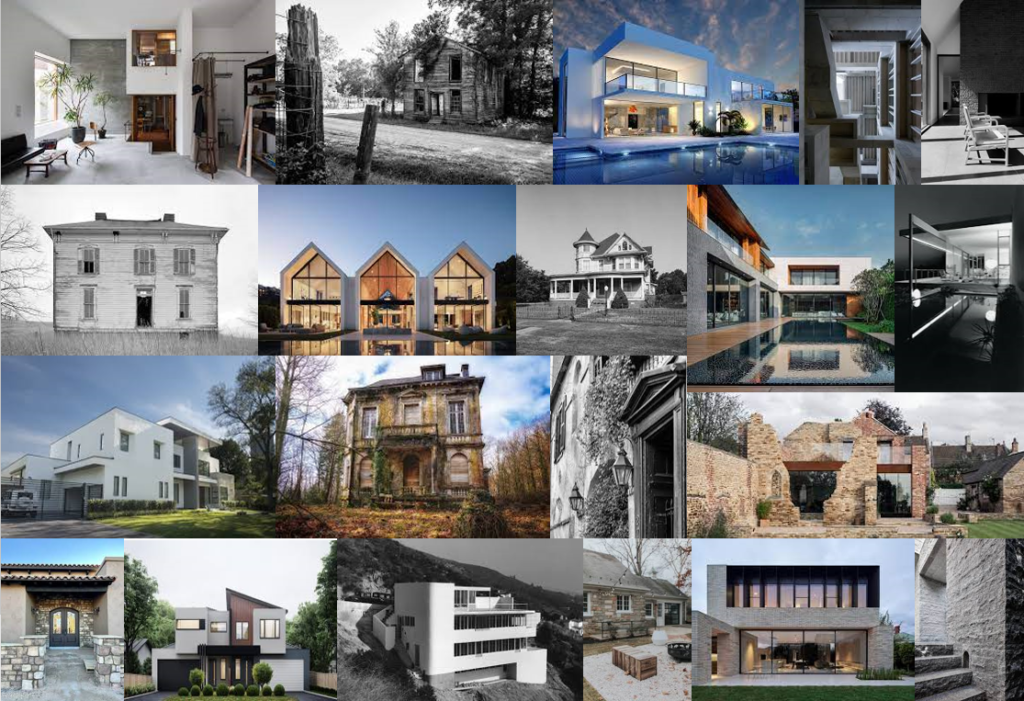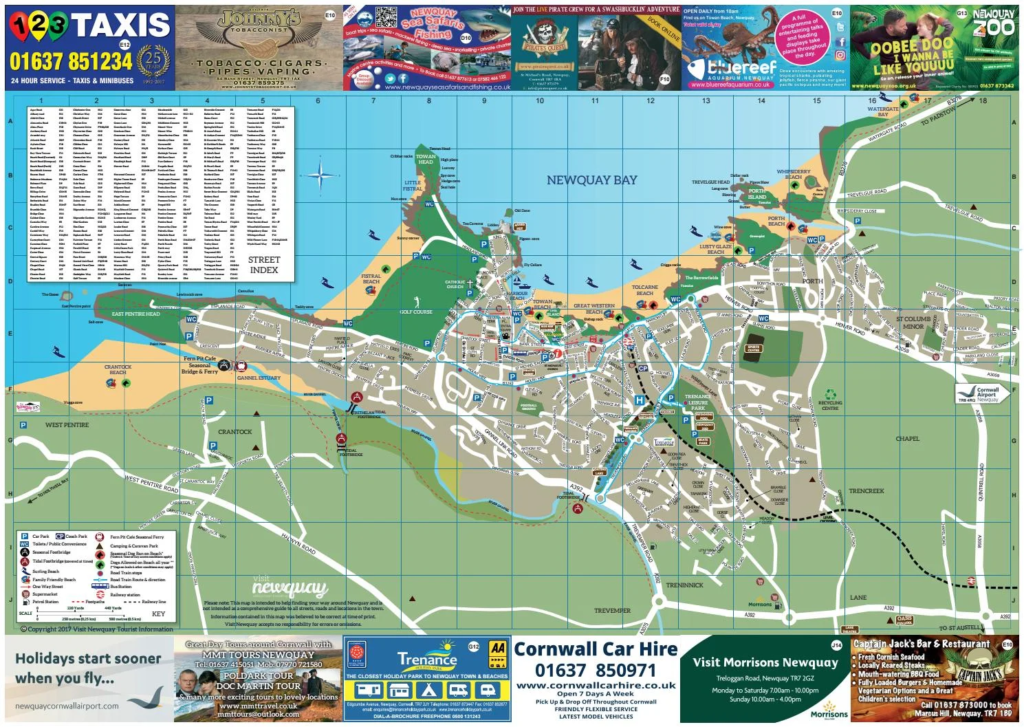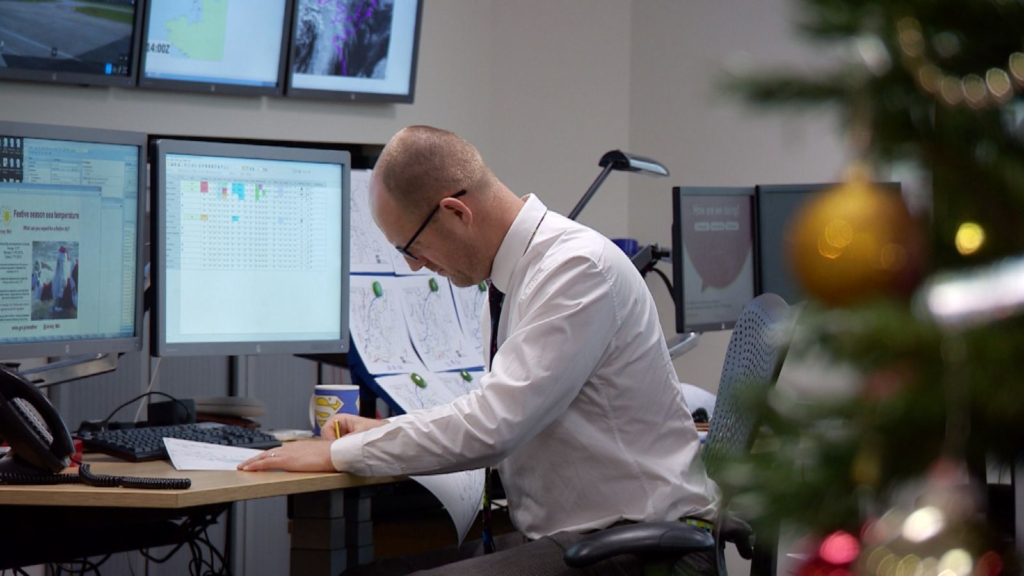Statement
For my personal study, I would like to explore the theme of nostalgia in relation to my father and his connection to the ocean. Having grown up an avid swimmer, competing for England’s youth team and working full time as a beach lifeguard on the southeast coast. My father moved to jersey in 1996 taking up surfing and further developing his love for the ocean. This subject is important to me as it takes up a large part of my childhood incorporating a sense of nostalgia through the connection me and my father developed through surfing. I am planning to source images from a series of old photobooks produced throughout my fathers lifetime along with newer images that I will produce with the aid of JEP photographer Dave Ferguson. The archive images will act as a base on which I can expand and compare to present day images presenting his past and current connection to the ocean. I wish to present my study in the form of a photobook as I believe it is a more clean and professional approach, as well as offering a tangible experience for viewers. I intend to begin my study documenting the past life of my father through archival images. I wish to photograph my father in a series of locations that hold significance for our family and reminisce my childhood. My father is going to be the focal point of the majority of my photographs along with the incorporation of objects that symbolize my father’s relationship with the sea, such as his surfboard, wetsuit, or any personal items that hold sentimental value and tell his story. The majority of my images will be conducted in an external environment. Allowing me to take advantage of natural lighting conditions to enhance the mood and atmosphere of my photographs, as well as experimenting with different framing techniques, natural elements like rocks, waves, or foliage can be used to frame my father within the composition, creating a sense of depth and context. I have chosen to take both a documentary and tableaux approach with my images, archive images will be included as a documentary style approach and the majority of newer images produced will be staged. Adobe Photoshop and Lightroom will be used to enhance my images along with InDesign to develop the layout of my images, I am going to take a minimalistic approach with my layout, as I believe it creates a crisp and clean look.




















